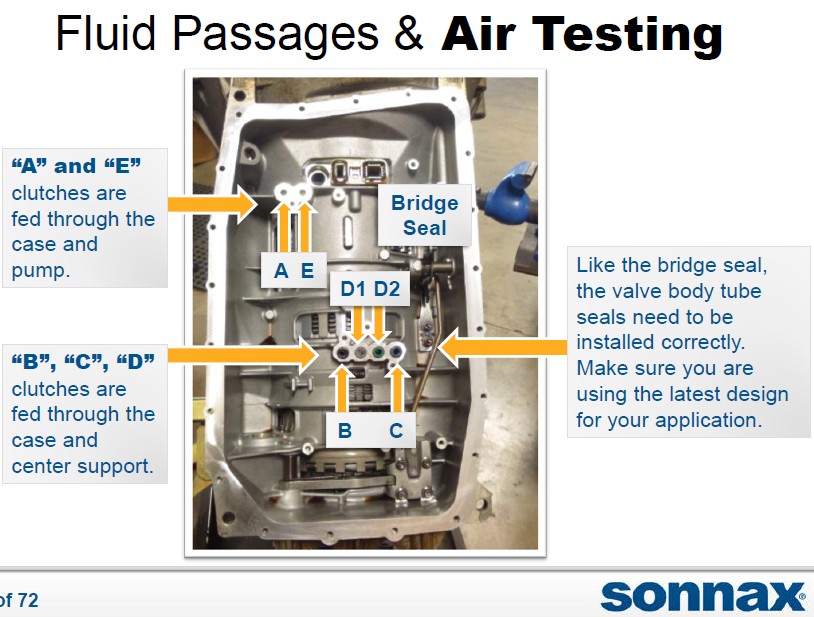The 4F88 and 4F90 fault codes in BMW vehicles often point to issues with the E-clutch within the ZF 6HP automatic transmission. These codes can be confusing, leading to misdiagnosis and unnecessary repairs. This article clarifies the diagnostic process for these codes, focusing on the E-clutch pressure test and interpreting its results. We’ll examine conflicting information regarding this test and provide expert advice from ZF, the transmission manufacturer.
Deciphering the E-Clutch Pressure Test
A common method for diagnosing E-clutch problems involves a pressure test. This test involves applying air pressure to specific transmission passages and observing the result. However, conflicting information exists regarding which passage corresponds to the E-clutch.
Some sources suggest pressurizing the port closest to the pump indicates E-clutch health. A “whooshing” sound implies a faulty E-clutch bushing. Conversely, other sources, including a transmission rebuilder, identify the outer passage as belonging to the E-clutch. In this scenario, pressure holding in the outer passage and a “whooshing” sound in the inner passage (associated with the A-clutch) indicate a functioning E-clutch.
 alt text: Comparing 'bad' and 'good' e-clutch bushings in a BMW transmission.
alt text: Comparing 'bad' and 'good' e-clutch bushings in a BMW transmission.
This discrepancy highlights the complexity of interpreting the pressure test. Personal experience further complicates the matter, with results potentially aligning with either interpretation. This raises questions about the reliability of the pressure test in isolation and emphasizes the need for a comprehensive diagnostic approach.
Insights from ZF: Beyond the Pressure Test
To clarify the 4F88/4F90 diagnostic process, direct consultation with ZF provides valuable insights. According to ZF, a slight leak sound during the E-clutch pressure test is normal due to its unique sealing mechanism. They emphasize that burnt fluid is a more reliable indicator of E-clutch damage.
Specifically regarding the 4F88 or 4F90 code, ZF suggests it typically indicates a burnt E-clutch, particularly if the vehicle entered fail-safe mode. However, if the transmission fluid is clean and at the correct level, a simple solenoid replacement might suffice. ZF also clarifies that burnt fluid typically exhibits a burnt smell and a dark, caramel-like color. A dark brown color without a burnt smell might not indicate significant damage.
Conclusion: A Holistic Diagnostic Approach for 4F88/4F90 Codes
While the E-clutch pressure test can provide some information, it shouldn’t be the sole basis for diagnosis. The 4F88 and 4F90 BMW codes, often associated with E-clutch issues, require a more comprehensive approach. Consulting expert advice from ZF and considering factors like fluid condition, fail-safe mode activation, and potential solenoid problems are crucial for accurate diagnosis and effective repair. A thorough inspection, including fluid analysis, remains the most reliable method for determining the true extent of E-clutch damage. This multifaceted approach ensures correct repairs, minimizing unnecessary part replacements and maximizing the lifespan of your BMW’s transmission.
